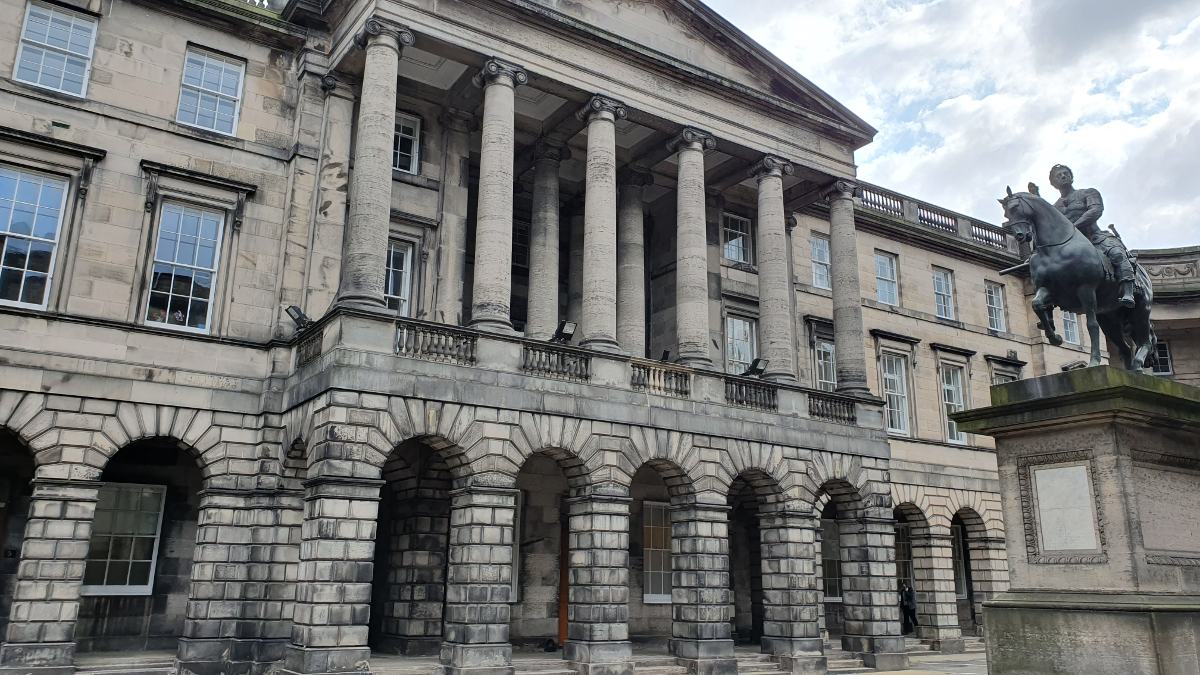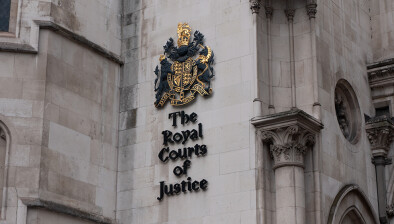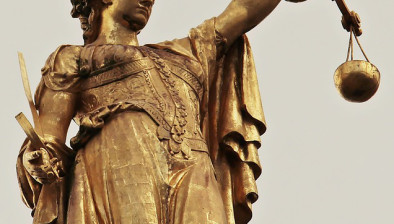British judges hit with pay freeze over pandemic

Judicial salaries have been frozen for a year, new figures from the Ministry of Justice show.
The Lord President of the Court of Session, Lord Carloway, received a salary of £234,184 in 2019. This rose to £238,868 last year but has remained the same this year. The same holds true for the President of the Supreme Court, Lord Reed.
The news comes as Lord Carloway confirmed a recruitment drive for sheriffs in order to deal with the rising tide of criminal business.
The Lord Justice Clerk, Lady Dorrian, is paid £230,717. Her salary rose last year from the 2019 figure of £226,193. The salaries of Inner House judges and the president of the Scottish Tribunals rose over the same period to £219,396. In 2019, they stood at £215,094.
Outer House judges’ salaries have remained at £192,679; in 2019 they were paid £188,901 a year.
The chair of the Scottish Land Court and president of the Lands Tribunal for Scotland, Lord Minginish, as well as the president of the Employment Tribunal, Shona Simon, receive a salary of £154,527. In 2019, this was £151,497. The court and tribunal over which Lord Minginish presides are to be unified to form the Scottish Land Court.
Sheriffs principal were paid £151,497 in 2019. This increased to £154,527 last year. Sheriffs’ salaries have remained at £148,820, which is the same as that paid to the vice-president of the Employment Tribunal. Summary sheriffs and employment judges’ salaries stand at £114,793.
The Lord Chief Justice of England and Wales, Lord Burnett of Maldon, receives the highest salary of any member of the British judiciary. It has remained at £267,509.
Dr Brian Barry, lecturer in law at Technological University Dublin and author of How Judges Judge: Empirical Insights into Judicial Decision-Making, told Scottish Legal News that the freeze “may partly be in recognition of the economic hardship that many workers experienced this past year”.
He added: “As ever with judges’ remuneration, a delicate balance must be struck to ensure salary levels remain high enough to attract legal talent of sufficient calibre to the bench while not appearing to be too high in the eyes of the public.
“The reality is, of course, that the salaries of even the highest-level judges pale in comparison to those enjoyed by some of the lawyers appearing before them.”
Professor Cheryl Thomas’ Judicial Attitudes Survey, published earlier this year, asked respondent judges about their pre-appointment earnings.
Fifty-one per cent were earning more before joining the judiciary while the “single largest proportion of judges (27 per cent) were earning substantially more than their judicial salary at the time of their appointment to the salaried judiciary”.
Only 42 per cent of judges said they were paid a reasonable salary for the work they do. Fifty-one per cent said their salary affected their own morale while 72 per cent said it affected the morale of their fellow judges.
Recent years have seen what Lord Neuberger has called a refusenik trend amongst judges and shortages on benches both sides of the border.









